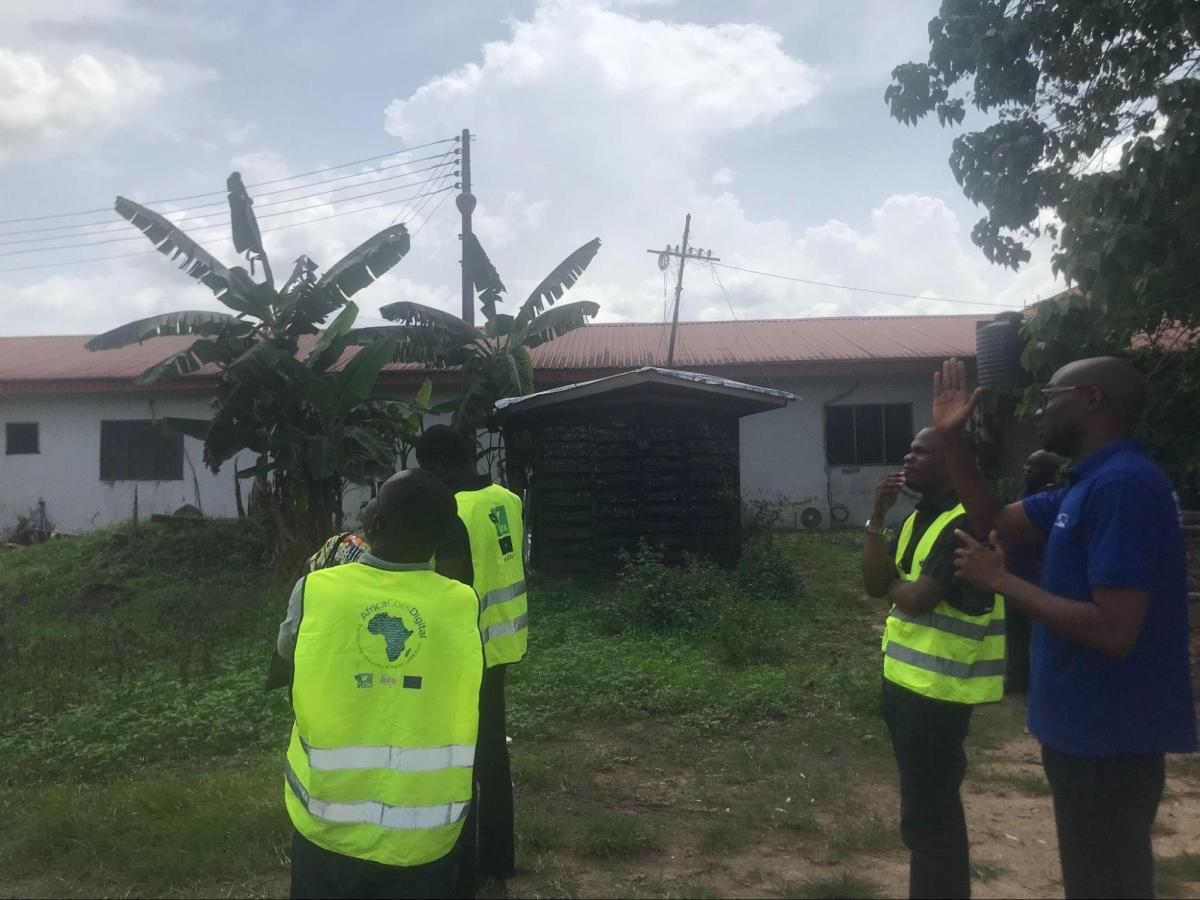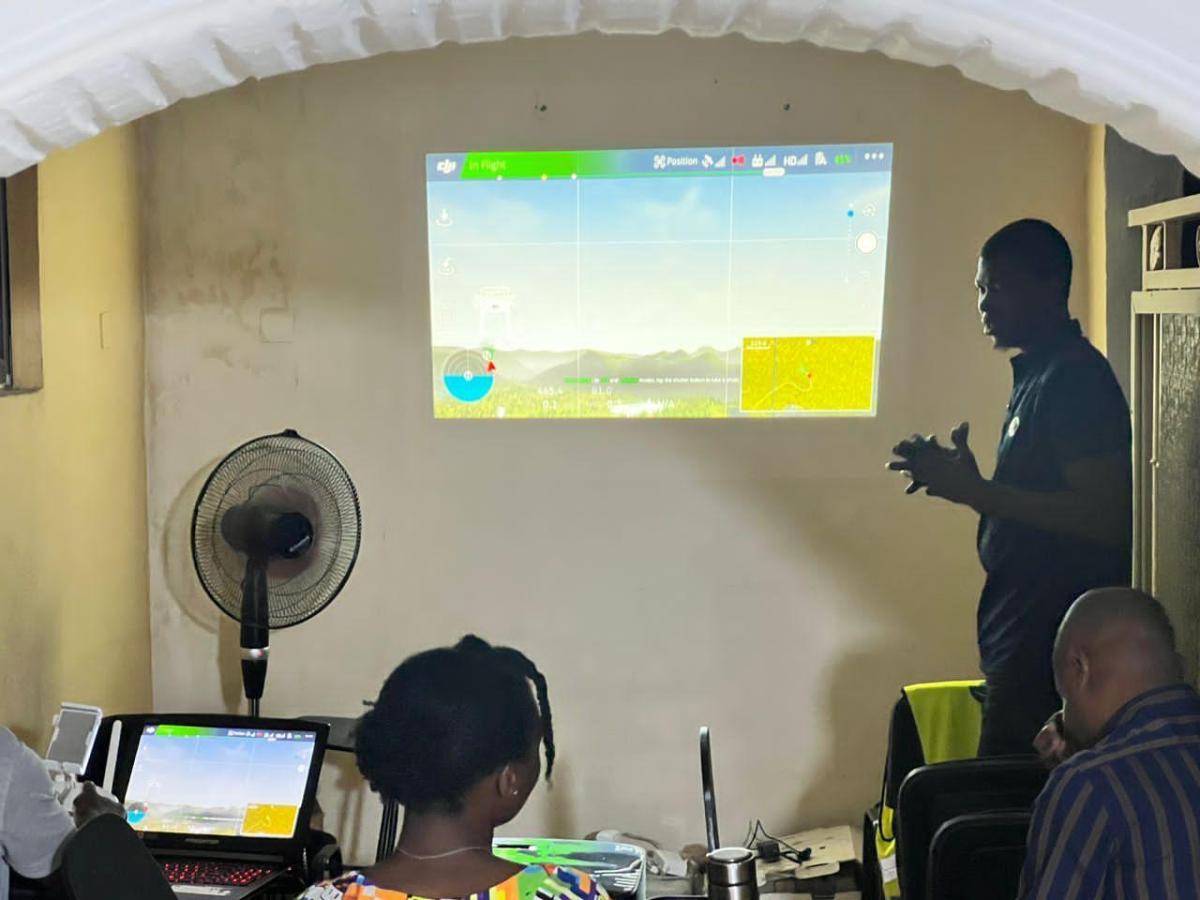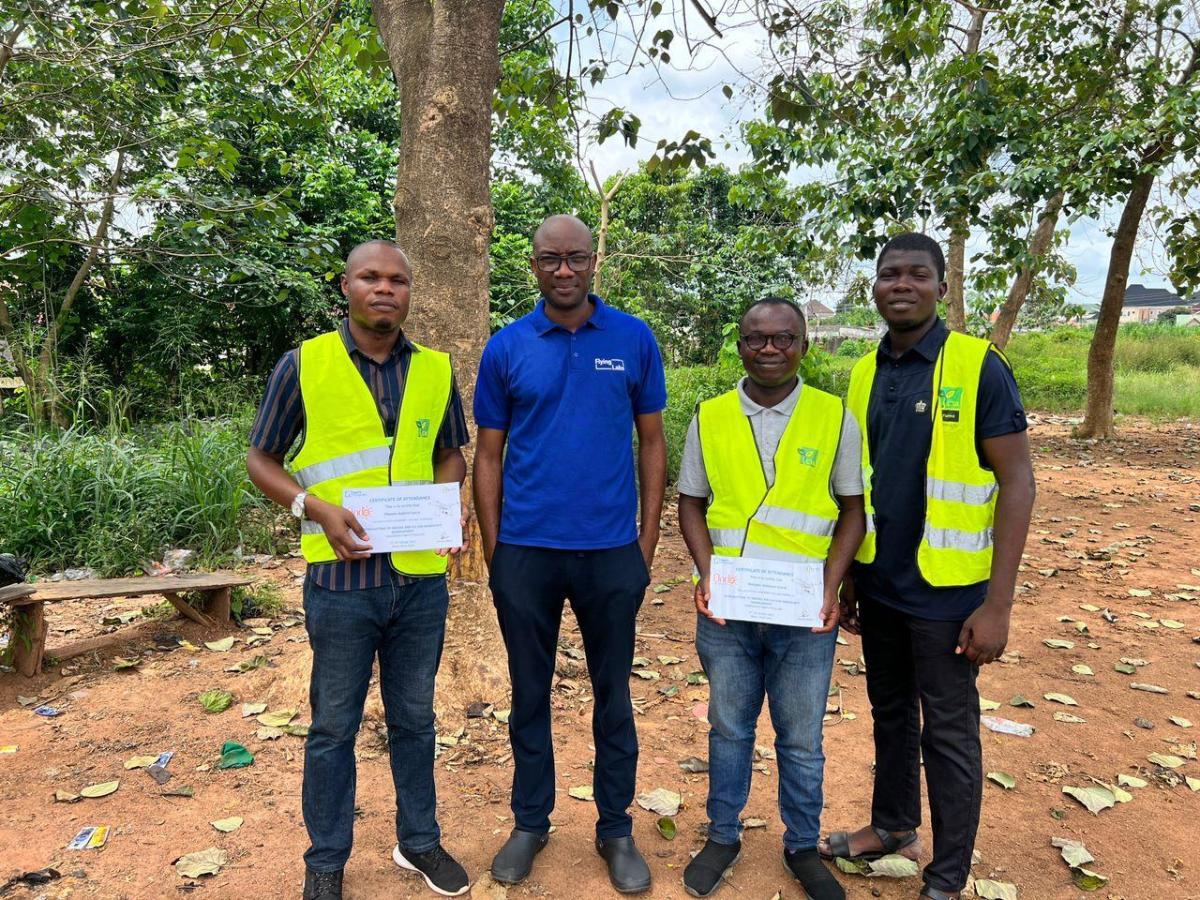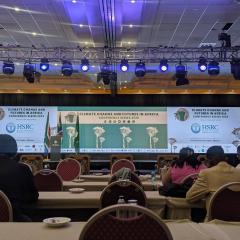
Partners in Progress: Transforming Disaster Response Through Public Sector Engagement
May 7th, 2025

A pebble dropped into a pond may seem inconsequential at first glance. But upon closer inspection, the ripples extend far beyond the initial splash, influencing the surrounding environment in meaningful ways. Similarly, a microgrant can transform a small local project into significant opportunities and impactful outcomes. With the Turning Data into Action (TDIA) microgrant approach, WeRobotics extends to Flying Labs critical financial, technical, strategic, and communication support that allows Flying Labs to turn a small project into far-reaching impact and a cascade of opportunities.
In Ondo State, Nigeria, the rains come with both promise and peril. They nourish the land but also bring torrents that sweep through homes and businesses, leaving devastation in their wake. Flooding is no stranger here; it is an unwelcome companion that communities have learned to brace for but never fully escape. It was into this fraught reality that Nigeria Flying Labs stepped, armed with drone and data technology and a vision to change how disasters are managed in Nigeria.
The project, part of WeRobotics’ Turning Data Into Action (TDIA) program, had a simple goal: to use drone and geospatial data to assess flood vulnerabilities and enable proactive measures to reduce the impact on households and businesses. But as with most endeavors that aim to shift paradigms, the path was neither linear nor easy. To bring this vision to life, the team knew they would need more than advanced tools. They would need people—key people, with the power to make decisions, to approve budgets, to champion change.
It began with mapping, but not the kind you do with drones. It was a mapping of influence and relationships, an art in and of itself. Who held sway in the ministries? Who could open doors or close them? Who would care enough to act? The team started with the Special Advisor to the Governor on Environmental Matters, whose interest and support proved to be a valuable gateway. Through this connection, Nigeria Flying Labs was able to engage with the Ministry of Environment and the Ondo State Environmental Protection Agency, tailoring their project to align with the government’s needs.
With these doors opened, the real work began. A training of trainers program was conceived. This was an immersive experience using drone simulators, drone flights, and sample data, designed to equip government officials with the knowledge and confidence to wield these new tools. For two days, participants dove into GIS, witnessed drone flights, and analyzed data.

A key moment came during a live drone flight over a known flood flashpoint. Curiosity and trepidation rose as the trained officials participated in their first drone flight, initial hesitancy giving way to exhilaration. As the drone soared, the officials saw, perhaps for the first time, how geospatial data could tell the story of their land. They saw its vulnerabilities, its strengths, its secrets. Together, they and Nigeria Flying Labs created a flood vulnerability assessment, a tangible output that turned abstract possibilities into concrete action. The data spoke, and the officials listened, empowered to advocate for change within their institutions. Within their reach was a future where disasters could be anticipated and mitigated, where lives and livelihoods could be preserved. You can find details of the project on Nigeria Flying Labs’ blog as well as in this interactive ArcGIS Story Map.
From this emerged a technical working group, supported by the Ondo Commissioner for Environment. This group became the base for embedding drone and geospatial technology into Ondo State’s disaster management framework. And then came a victory that was both symbolic and practical: the approval of a budget for drones and GIS software in the state’s 2024 appropriation. It was a sign that this was no fleeting initiative but a step toward institutionalizing innovation.
For Nigeria Flying Labs, this was an incredible journey not just for the stakeholders they engaged but for the team itself. Before this project, their resources were limited and their understanding of disaster risk management was nascent. Yet, through trial and error, through mistakes made and corrected, they grew. They learned to navigate the labyrinth of public-sector dynamics, to tell compelling stories through data, to turn their tools into instruments of change.

Change rarely happens in isolation. It requires vision, yes, but also partnership. The weaving together of diverse voices creates solutions that are both meaningful and lasting. When it comes to addressing complex challenges like disaster management, engaging with local authorities is a necessity, not an option. These institutions hold the keys to policy, resources, and the systems that can turn innovative ideas into widespread impact. Building these bridges requires patience, trust, and an understanding of the delicate dance of influence and collaboration. It is within this space, where innovation meets governance, that social impact takes root.
This project was about technology and budgets and policies. But more importantly, it was about the connection between people, between data and action, and between reality and hope. It was about believing that a better way is possible and working, step by painstaking step, to make it so.
Now, as they look to the future, Nigeria Flying Labs anticipates becoming more deeply embedded within the Ondo State Environmental Protection Agency. As part of this ecosystem, they will be able to continually provide this training and implement geospatial and drone data for flood monitoring across the state. They imagine a world where this knowledge flows freely, where every flood is met with preparation rather than despair. They imagine a world where technology serves not the few but the many.
In Ondo State, the rains will continue to fall. But now, with drones in the sky and data in hand, there is a growing sense that the story of those rains may be rewritten—as one of resilience and renewal rather than destruction.
Recent Articles

